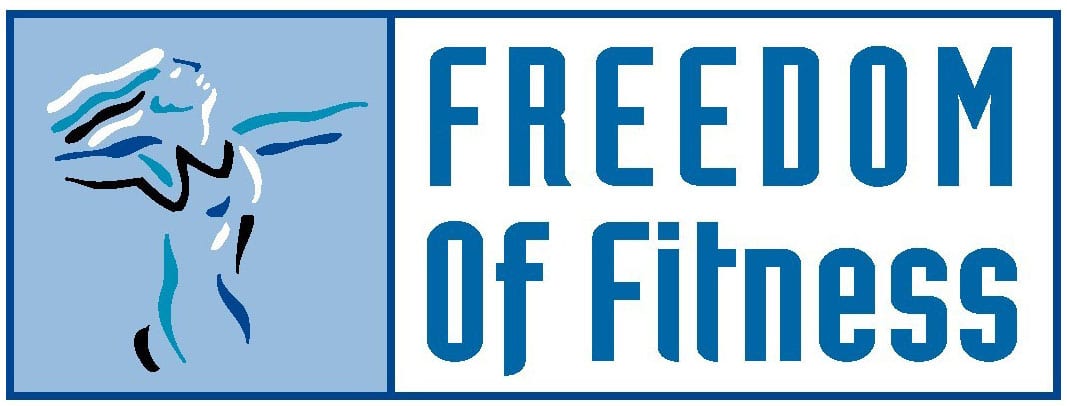
Fat Burning
When you exercise aerobically, your body draws on fat as one of its energy sources. Fat burning enzymes are increased in your body and these enzymes are needed in order to get lean. Aerobic exercise builds your oxygen-processing capacity. Fat is burned only when there’s adequate oxygen around. However, if weight loss is the primary goal, creating a calorie deficit is more important than whether we bum carbohydrates or fat for fuel.
Increases Your Metabolic Rate:
After an aerobic workout, your metabolism stays elevated after the session is over. The longer you exercise, the longer your body burns calories, at a higher level, after the exercise is over.
Prevents Heart Disease:
Aerobic exercise is an effective risk reducer for heart disease. An aerobically trained heart can pump more blood with each beat both during exercise and at rest. Heart rate slows, allowing us to perform tasks such running or climbing stairs without getting out of breath. Aerobic exercise changes our circulatory system, increasing our capillaries size and amount so that more blood flows to our muscles and other tissues where it is needed.
Helps Reduce Blood Pressure:
Three aerobic exercise sessions per week, of 30-60 minutes, can help lower blood pressure in hypertensive people. Exercise can help prevent high blood pressure, too. Although the exact mechanisms responsible for the reduction in blood pressure following exercise is not completely understood, it seems that “exercise causes a decrease in cardiac output and total peripheral resistance at rest”, according to the American Council on Exercise.
Helps Lower Cholesterol:
Aerobic exercise plays a significant role in raising levels of HDL cholesterol, which is the “good cholesterol”. It also lowers the LDL (“L” for lousy) cholesterol and triglycerides by reducing body fat stores and increasing lipoprotein lipase activity. Even though there may be a history of poor dietary habits and/or high cholesterol in one’s family history, it is clear that exercise is critical in lowering cholesterol.
Increases Energy:
One of the best ways to increase energy is to spend energy through aerobic exercise. I t improves your circulation and respiration, stimulating factors that give you a real lift, physically.
Builds Resistance to Disease:
When you exercise, there is an increase in lymphocytes and granulocvtes, which are disease fighting cells. These cellular changes suggest that exercise increases immunity. In one study, after 10 weeks of aerobic training at a frequency of three times per week at 45 minutes per session, at a target heart rate of 70-80%, these white blood cells stayed elevated for up to four hours, post exercise. Immunoglobins, an antibody that fights disease-fighting microorganisms in the nose and throat, can be increased by 20% over six weeks of just walking five times a week for 45 minutes, studies show.
Reduces Depression:
Many studies show that aerobic exercise is an effective part of treatment for anxiety and depression. Based on a study in Australia where three groups of people were studied: long-term exercisers, short-term exercisers, and sedentary people. The long term exercisers reported a better outlook on life and were less stressed out than the other two groups. These conclusions were based on a questionnaire that the participants were asked to fill out at the end of the study.


